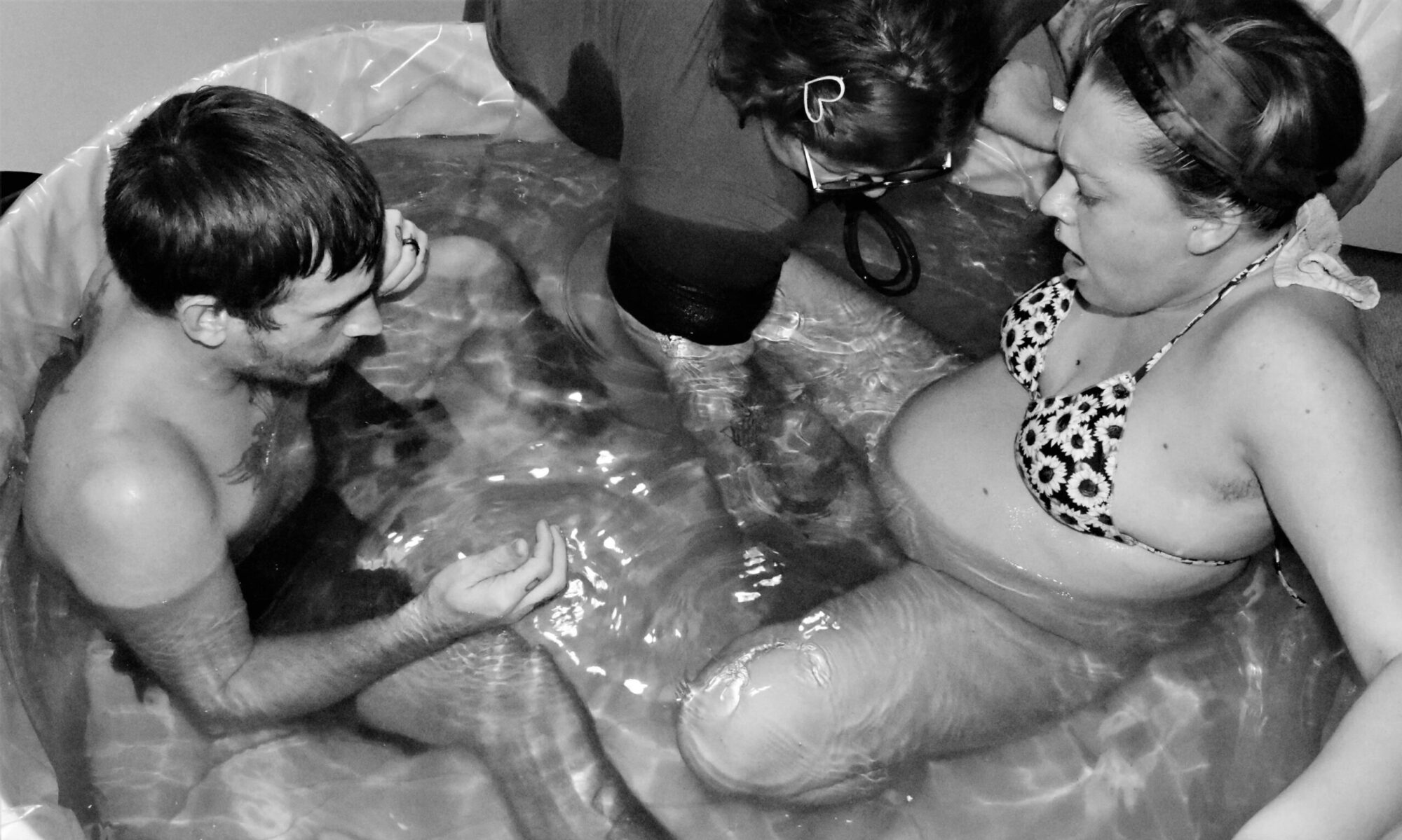What can you do to help your baby turn head down?
There are some home-based techniques you might try. But before attempting to help the baby turn, you need to determine whether or not he is really breech. You may be able to do this by feeling your belly to locate the head. Ask your healthcare practitioner to show you how.
If you’re trying to turn a breech baby, it’s very important to be able to do this so that you know when the baby has turned and don’t accidentally “un-turn” the baby through your continued efforts.
By the 36th week, about 96 out of every 100 babies have settled into the head-down (vertex) position. The rest are usually in one of the breech (buttocks-first) positions, either complete breech (when the baby’s legs are crossed), footling breech (when the baby is positioned with legs down), or frank breech (in which the baby’s legs are folded up towards his face) at the time of delivery.
If a baby is still in the breech position at 37 weeks, your doctor or midwife may attempt to shift its position by manipulating the fetus through your abdominal wall – this is called an external cephalic version. Often, this maneuver will work, but sometimes the baby refuses to budge, or rotates back into a breech position.
Even if your baby remains in a breech position, you usually will be able to have a vaginal delivery: About 13 percent of breech births are vaginal deliveries. But this depends on the circumstances and the medical approach of your caregiver, so it’s best to be as prepared as possible. If your baby is still in the breech position at term, you should discuss your delivery options with your healthcare provider.
Meanwhile, here are some techniques for helping turn a breech baby. Though there are no scientific studies to back up the following suggestions, many mothers swear they worked for them. They’re fun, and there’s no harm in trying. You can try using two or more together, to increase their effectiveness:
- Handstands – one popular technique is doing handstands in a swimming pool. Spend about 15 minutes paddling around before attempting any handstands, then go to where you can stand with your head just above water and do five handstands in a row.
- Use the power of suggestion – in other words, talk to your baby about turning. Your partner can put their face close to your belly and encourage the baby to move toward the sound.
- Visualize the baby turning, while practicing deep relaxation. For example, imagine a helium balloon attached to the baby’s foot, helping the baby flip.
- Music – another trick that has been used to encourage babies to turn is to either play relaxing music (Vivaldi and Bach seem to have the best results) or have your partner talk to the baby soothingly through your lower abdomen. You can also place headphones near your pubic bone and play music to encourage your baby to move toward the sound. You could do this separately or while doing the tilting exercise.
- Use light – in a dark room, place a flashlight close to the vagina (baby should head toward the light).
Positioning Exercises to help (See also link: Optimal Fetal Positioning)
If the baby settles (engages) into the pelvis it will be difficult for the baby to turn. This exercise, done three times each day for 15 minutes discourages the baby from settling into the pelvis.
| The most commonly recommended exercise is called the “breech tilt.” You simply lie down with your hips elevated about 12 inches on firm pillows, such as couch cushions. Do this three times a day for 15 to 20 minutes. It works best if done at times when the baby is active. While doing this exercise, it’s important to try to do some deep relaxation and visualize the baby turning. | |
| Pelvic tilt – try this exercise twice a day, 10 minutes at a time, for two to three weeks starting with your 32nd week. (Do this maneuver on an empty stomach.) Lay down flat on your back and then raise your pelvis so that it is nine to 12 inches above your head. Stay in this position for at least five minutes, but for no more than 15 minutes. The idea is to allow gravity to push and tuck the baby’s head into the fundus which might cause the baby to somersault into a vertex position. | |
| Lie on your back, with your bottom away from the wall. Place the feet high on the wall, and using it for support, lift your hips high. Have pillows or a firmly rolled towel ready to slip behind your back for support. Your hips need to be higher than your shoulders. |
 |
| An alternative is to adopt a “knee-chest” position, with your bottom high in the air and your head and chest on the floor. | |
Chiropractic study of Webster technique for turning breech babies
